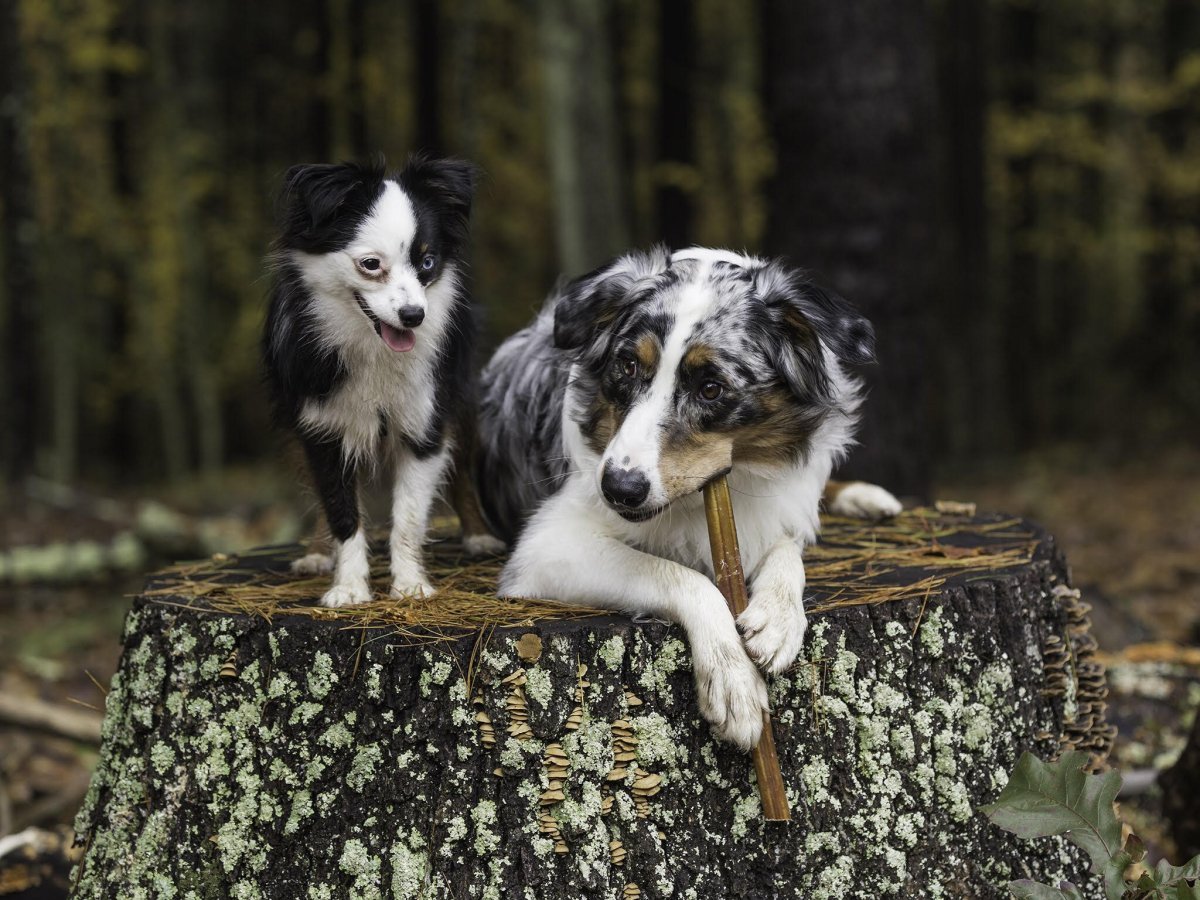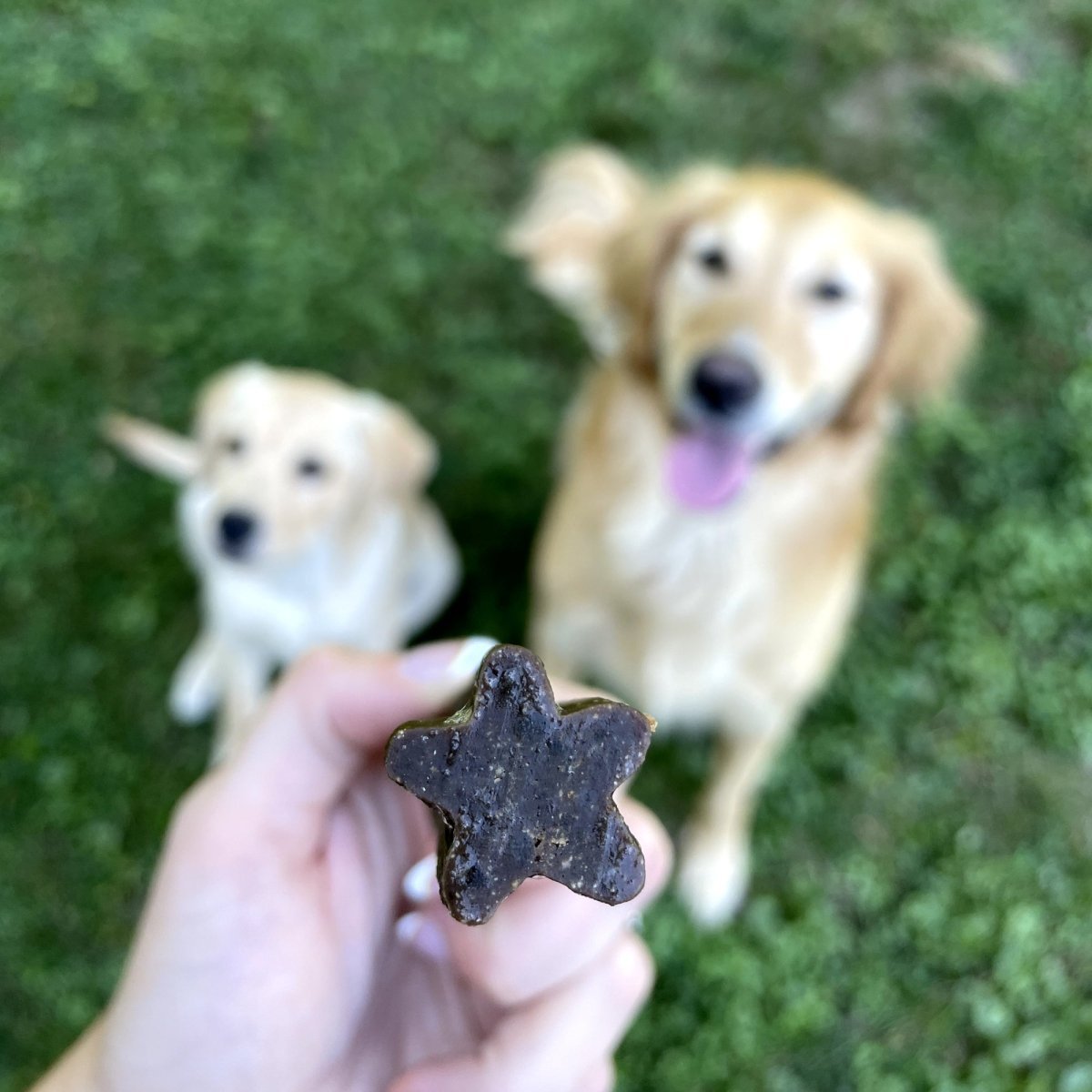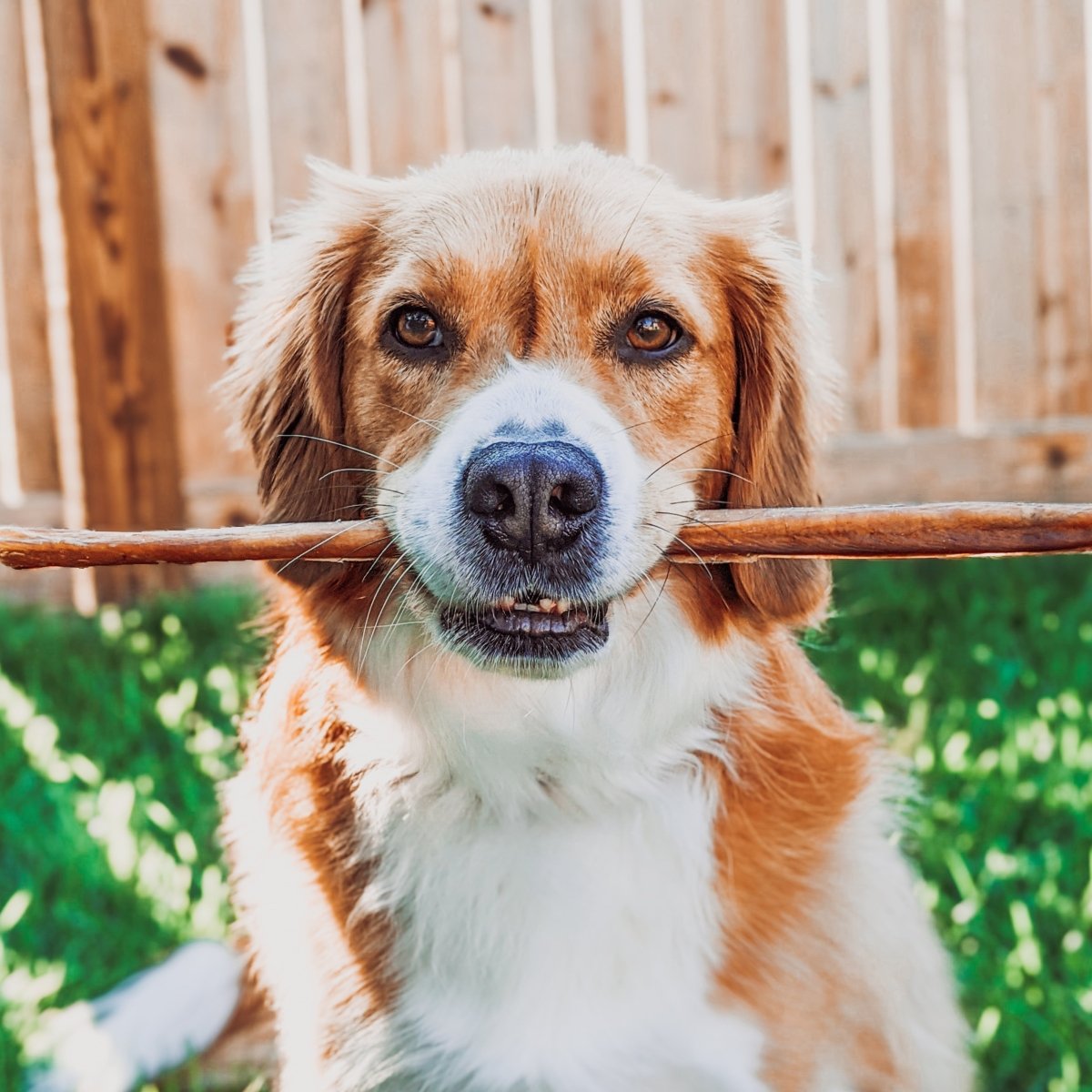
Are you a new pet owner dealing with a stubborn puppy? Potty training a difficult puppy takes dedication, love, and patience. If you want a well-adapted dog with a grasp on potty training, follow these steps. Our nine tips will help teach your dog to go to the bathroom outside instead of on your carpet or hardwood floor. Say goodbye to indoor mishaps and hello to a well-trained pup!
How to Potty Train a Dog
Before we get started, it's important to remember your dog is brand new to this world full of potty training rules and regulations! With patience and consistent guidance from you, your puppy will be a well-trained, accident-free companion. Once your dog learn's to associate positive potty habits with treats and rewards, you'll be on the road to success.
1. Limit Your Dog’s Home Access
One of the first steps in potty training a difficult dog or puppy is to establish their own space in your home. Prepare an area where your dog is contained within your home. This might involve putting up a toddler gate across a doorway or keeping your pup in the kitchen or a laundry room. Whenever possible, the area should have only solid surface flooring like hardwood or tile.
Put their crate in this area. Your dog’s crate must be big enough that they can comfortably stand, turn around and stretch out when lying down. Crate training can take several weeks – but will benefit your dog for a lifetime. The goal is to make your dog feel comfortable in their crate, not trapped or frustrated.
2. Potty Training Pads May Work for Your Family
Potty pads may work for your family, when you need to jumpstart potty training. Some owners of smaller dogs, especially those in high rises or cold climates, rely on these pads for potty training year-round. The basic setup is this: Place newspapers on a large part of the floor in their area with a potty-training pad in the middle. This should be separate from the feeding area with fresh food and water. These pheromones on the pads tell your dog to “go here” and a natural instinct tells a puppy to not soil their food areas. Incorporated with the other potty training steps, your dog will learn to go to the bathroom on the pad.
3. Devise a Feeding and Napping Schedule
The most essential aspect of potty training a stubborn dog is sticking to a schedule. If you have a strong-willed dog breed used to eating and napping on their own schedule, this leads to them assuming they can do whatever they like, whenever they choose. Devising a schedule will help you get your dog’s bathroom times under control. Puppies need to eat at least 3 times a day; older dogs should have two mealtimes. Until your dog is housebroken, their napping and overnight sleep times must be carefully controlled, as well.
4. Potty Break Immediately After Nap & Mealtime
Take your dog to the pee pads or outside (preferably) immediately after they wake up from a nap or as soon as they finish eating. The younger your dog is, the more important it is to move them quickly after these two activities to their elimination spot. This is where patience and consistency come in. Stay with your dog, either in the yard or while on a leash and tell them, “Go potty.” Allow them to sniff the ground and walk about until they go. Repetition of your command word is essential to teaching the dog to associate the command with a reward.
5. Reward with a Tasty Treat
An important part of potty training your dog is positive reinforcement with treats! Keep treats in your pocket and reward your dog with one as soon as they go in the right spot. According to the Humane Society, rewarding good behavior is an important step in teaching behavior. Lavish praise upon them, saying, “Good potty, good potty” so they understand the relationship between their potty and your praise.
6. Crate Your Dog Until They Learn to Go in the Correct Spot
Crating is beneficial to your dog when done correctly. Because dogs are naturally den animals, they will come to love their crates and will consider it their own space to get away from people and other animals. Crate training is all about consistency. It is not a punishment for bad behavior but a place for relaxing. Your dog rests in their crate when you are out of the house or asleep. A puppy can spend no longer than a couple of hours in their crates, and no more than six hours overnight. Each time you let them out; take them immediately to their potty spot.
7. Stay Consistent
Stubborn dogs need strict adherence to schedules and limitations. Your dog wants to please you, but you must teach them how. Older dogs should not be difficult to train if you are consistent in your methods. There may be setbacks along the way but potty training is about patience, routine, and rewarding. When your human behaviors are predictable, your puppy will quickly learn to follow suit.
In addition to following the above steps, it is important to remember a few extra tips to make sure your potty training is as successful as possible.
Tips:
8. Clean Up Accidents Immediately
Dogs use their noses as indicators of where to go potty and when they smell residual urine odors, they think it is an approved place. Take a potty accident to their potty pad or outdoors and leave it there. Some dog breeds are notorious for being stubborn when housebreaking. If you have trouble with a terrier, a pointer, a setter or a Chihuahua, you must be extra consistent with the dog’s sleeping, eating and potty walking schedule. Just one slip-up can set you back to square one.
9. Practice Patience & Kind Words
Avoid using harsh words or smacking a dog that has a potty mistake, they learn better when they are not screamed at or hit. A dog who was potty trained but suddenly begins having accidents may have a medical condition. See your veterinarian to rule out any physical problems.
With practice and patience, your stubborn dog will be fully potty-trained, and your home will be accident-free!
—
For more tips on how to train your dog, check out our blog. If you're stubborn puppy needs treats for potty training, Best Bully Sticks recommends: Joint Jerky Bites.
Comments will be approved before showing up.

Dental chews keep plaque in check and gums strong. Read here to learn about nature's toothbrush!

Single-ingredient dog chews and treats are crafted using only one whole food source!

Check out our guide on different types of chews to help you decide on the best chew for your dog!

Bethany Conner
June 14, 2021
I have a almost 3 month old puppy that is pitbull and healer mix and i cant seem to get her to pee or poo on her puppy pads any suggestions would be great!